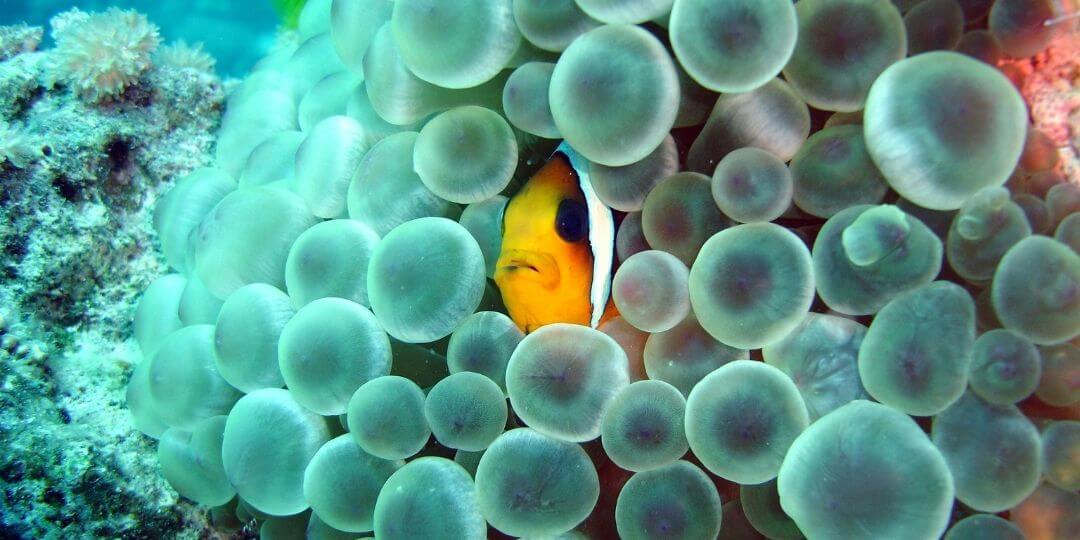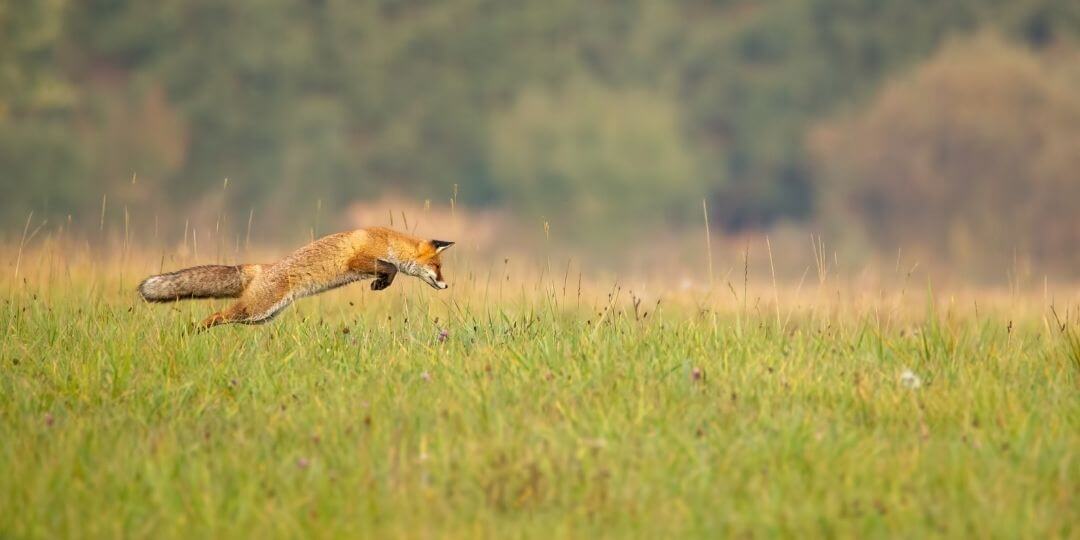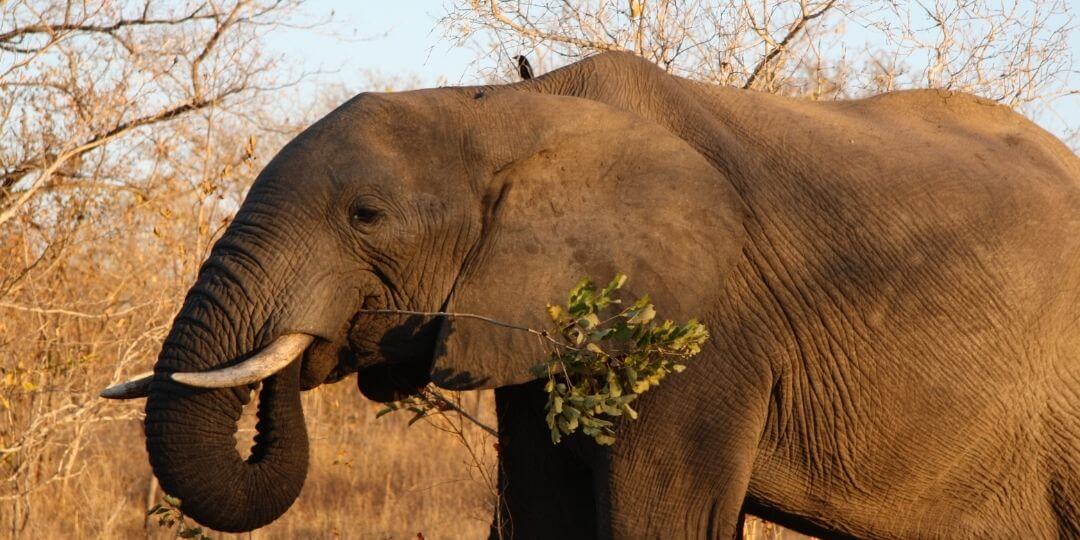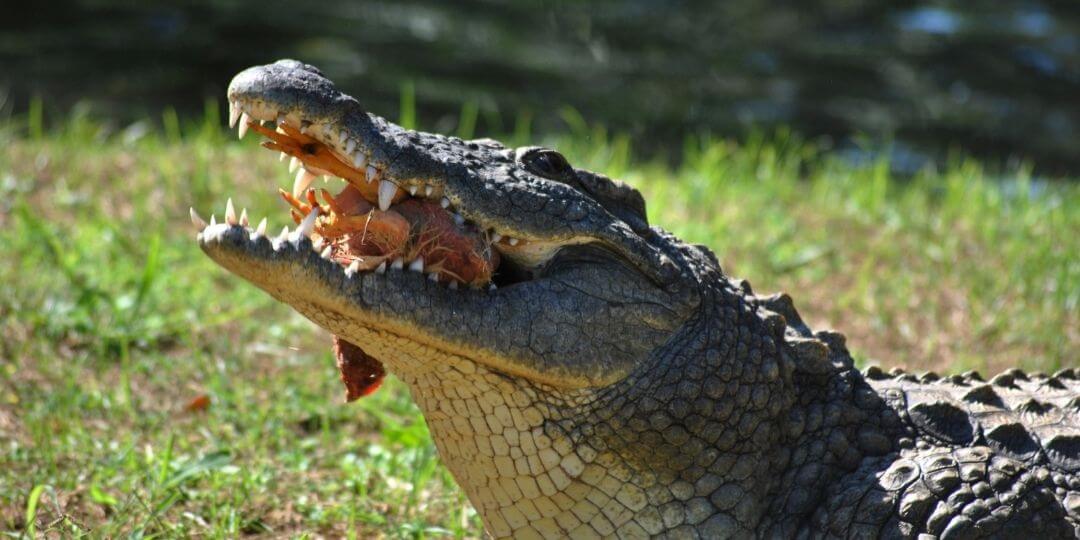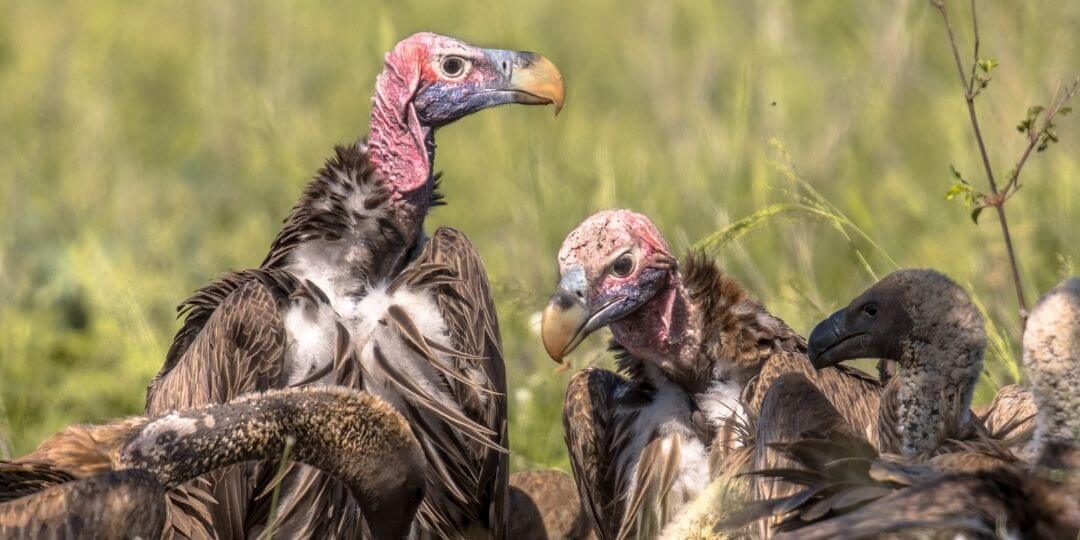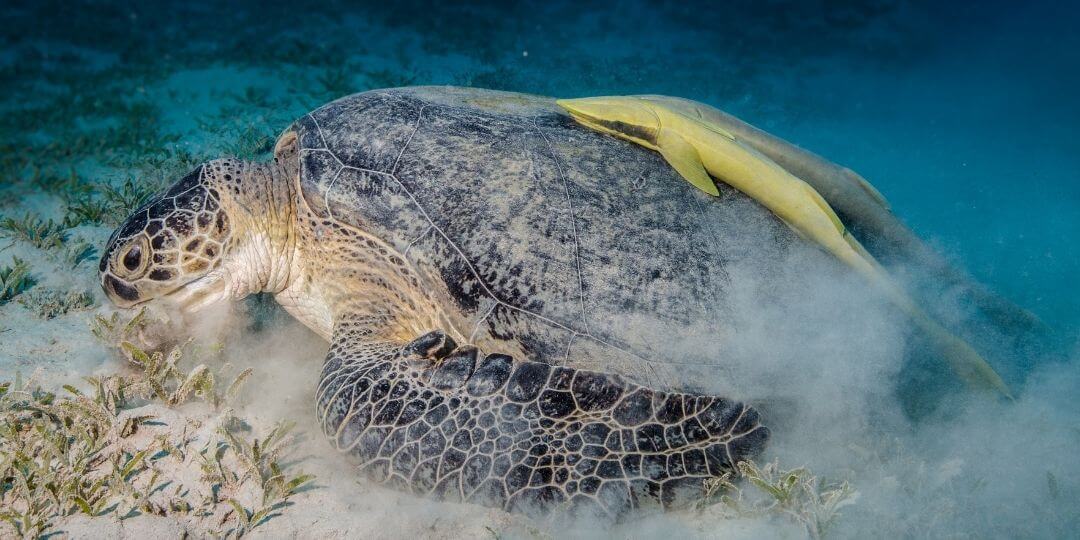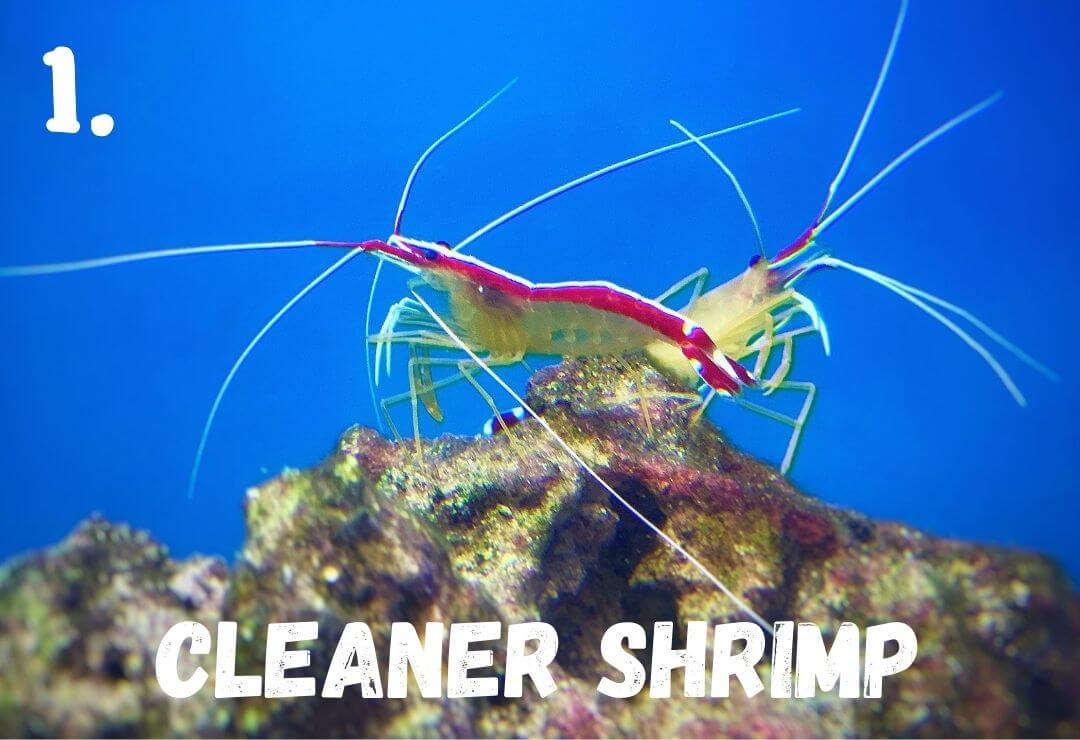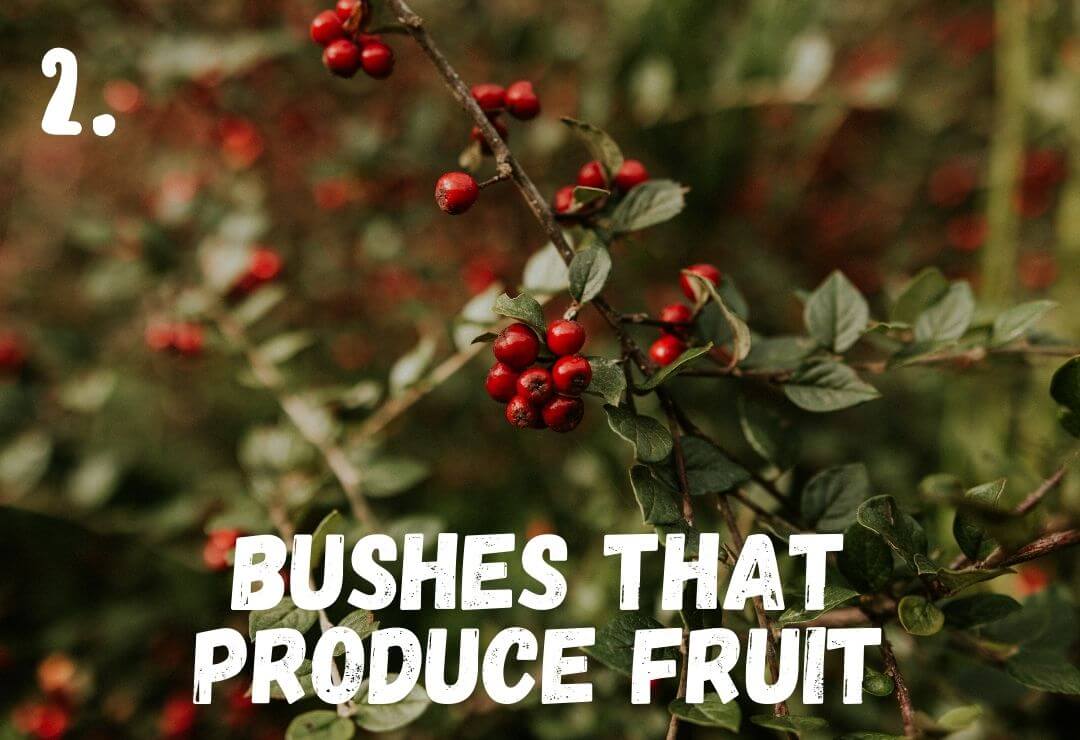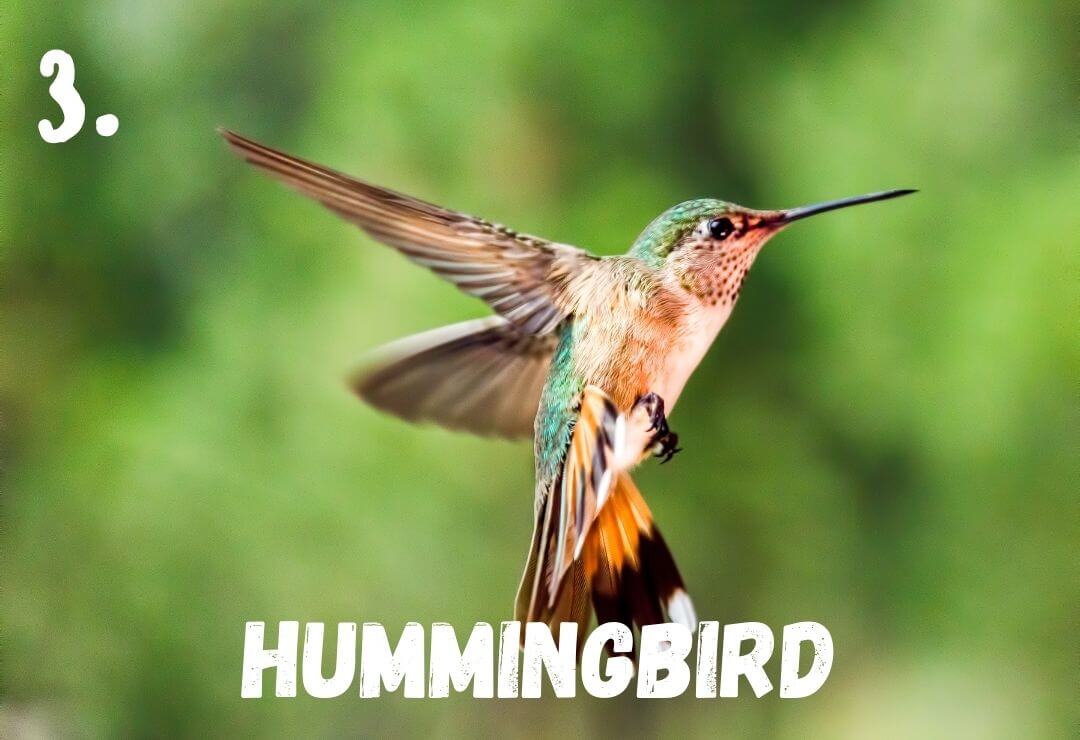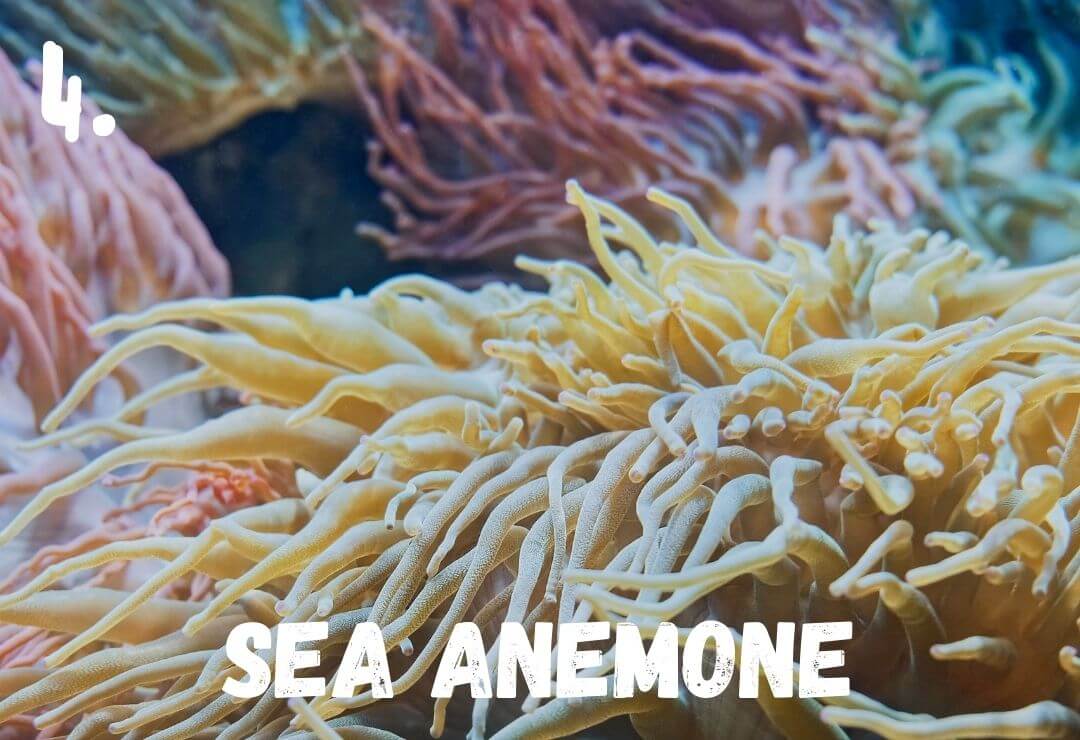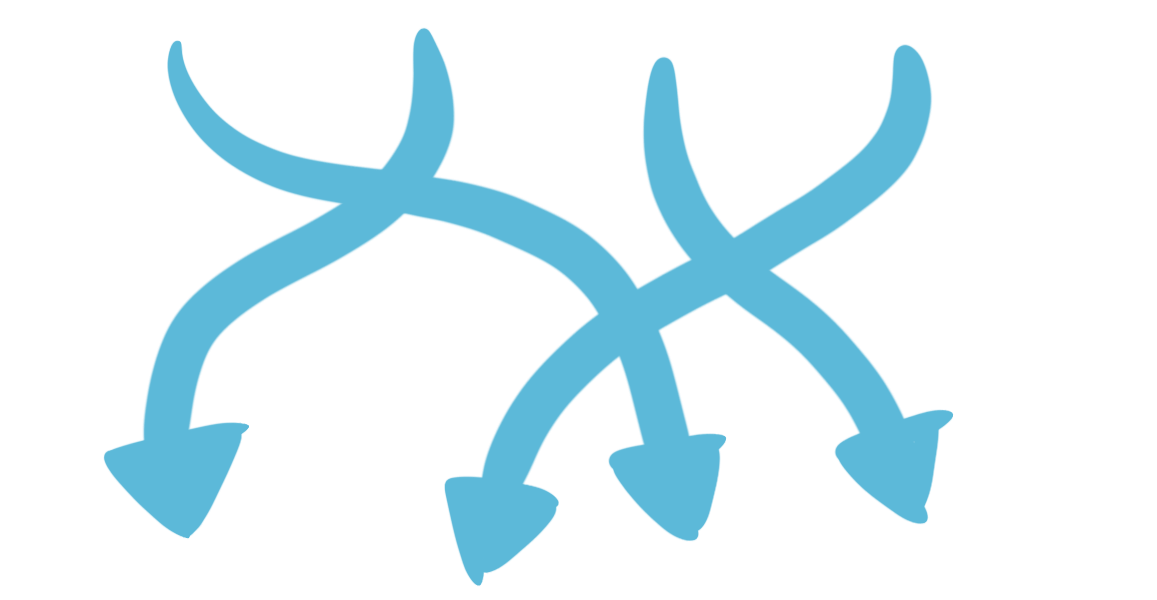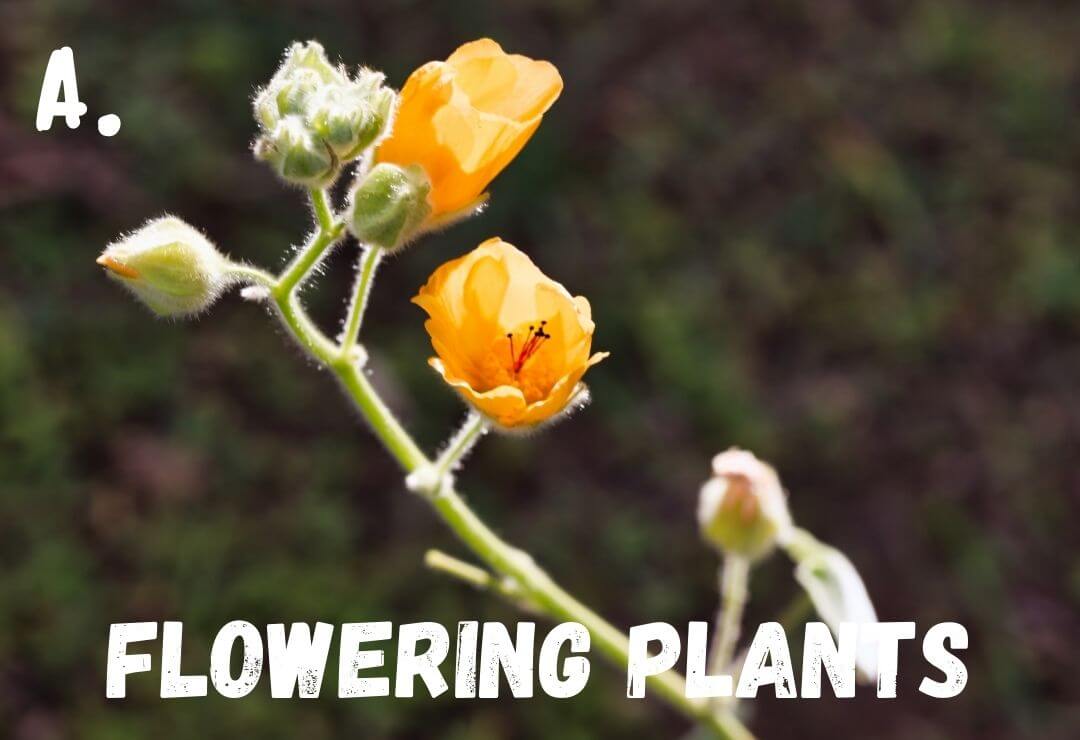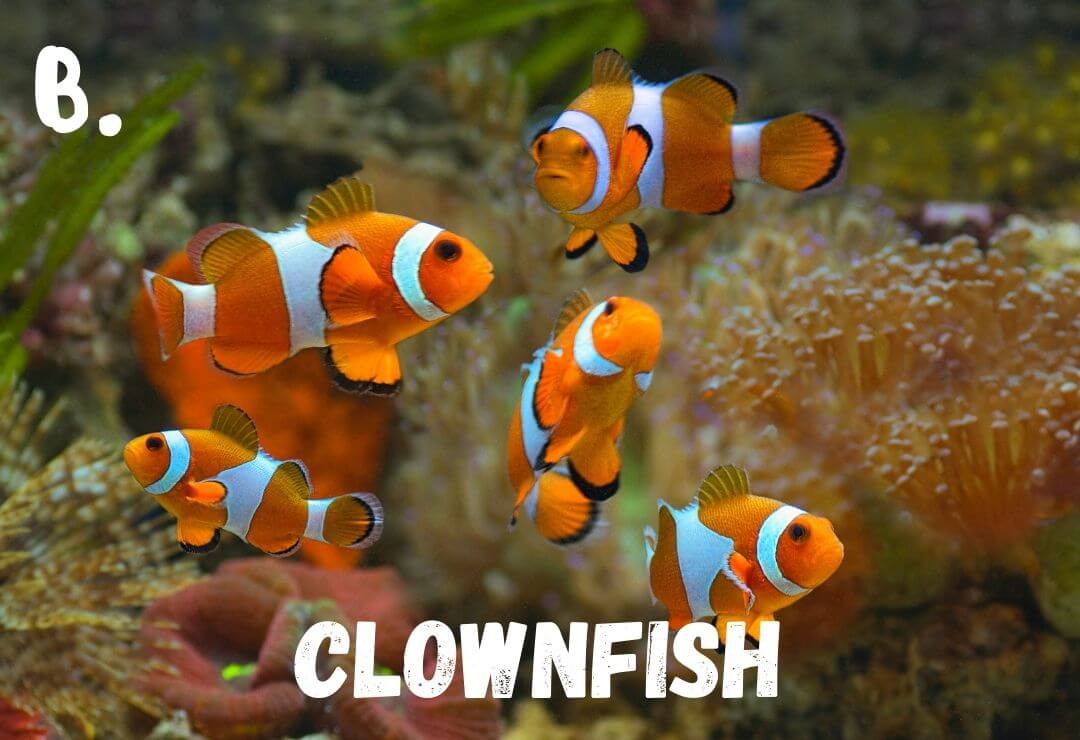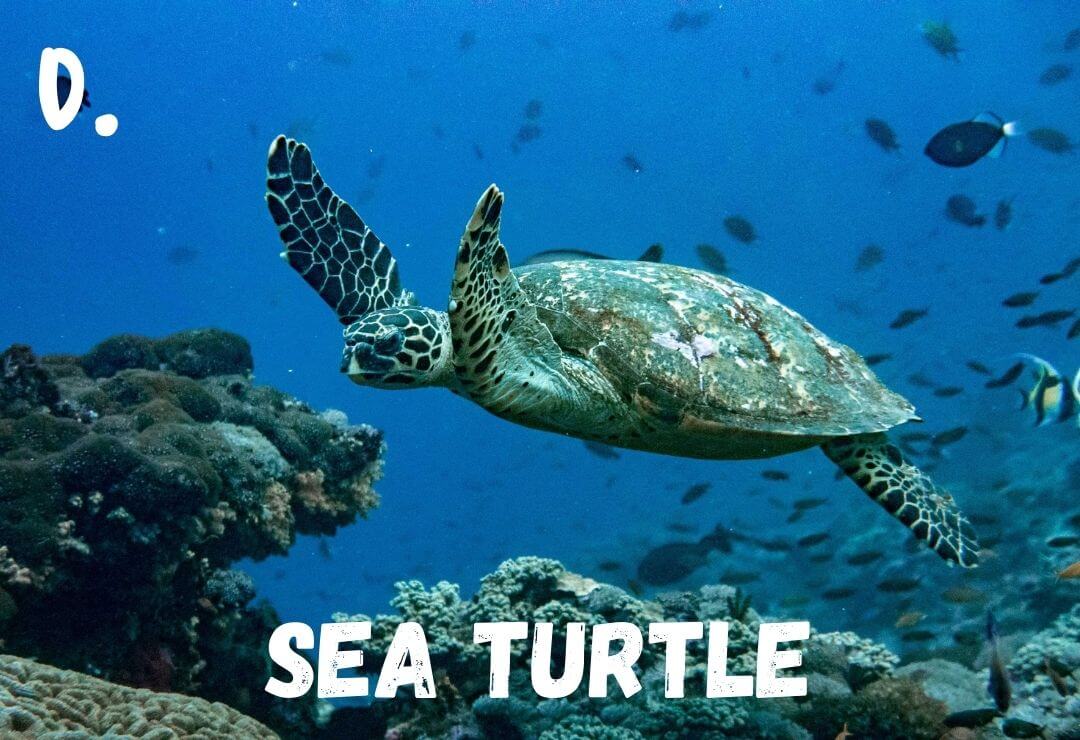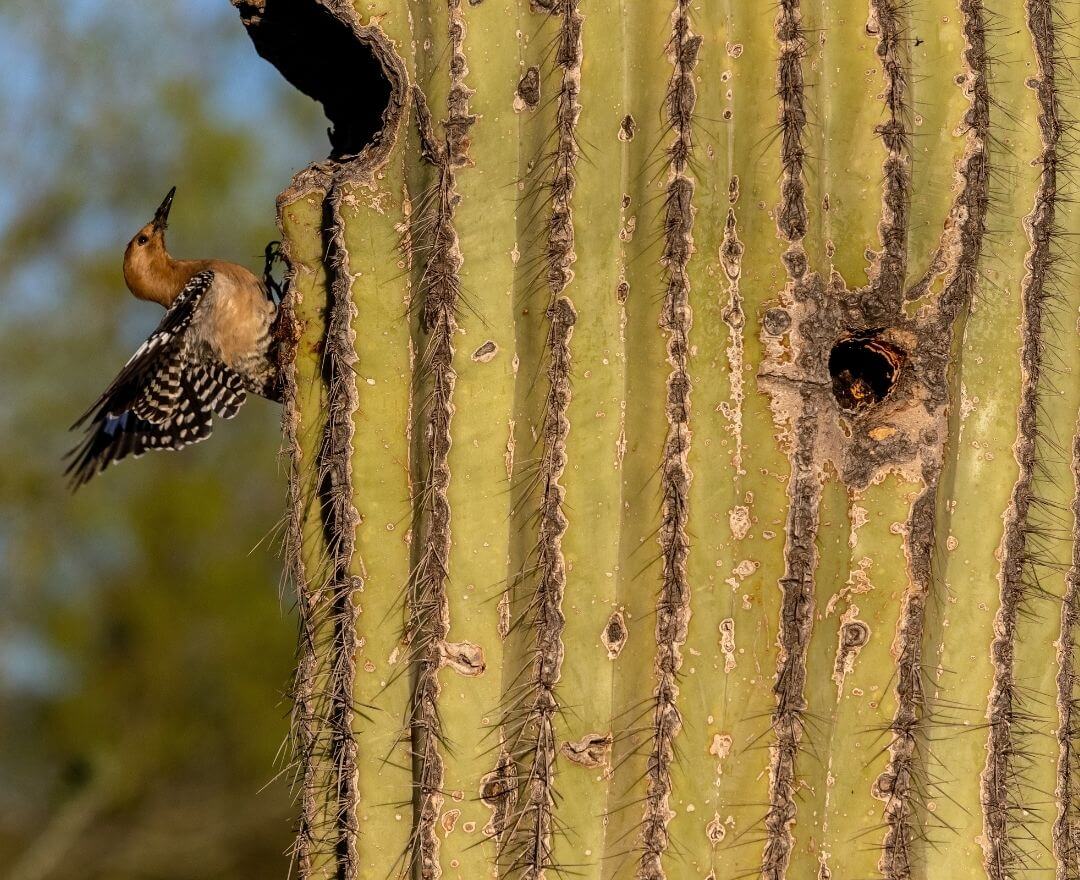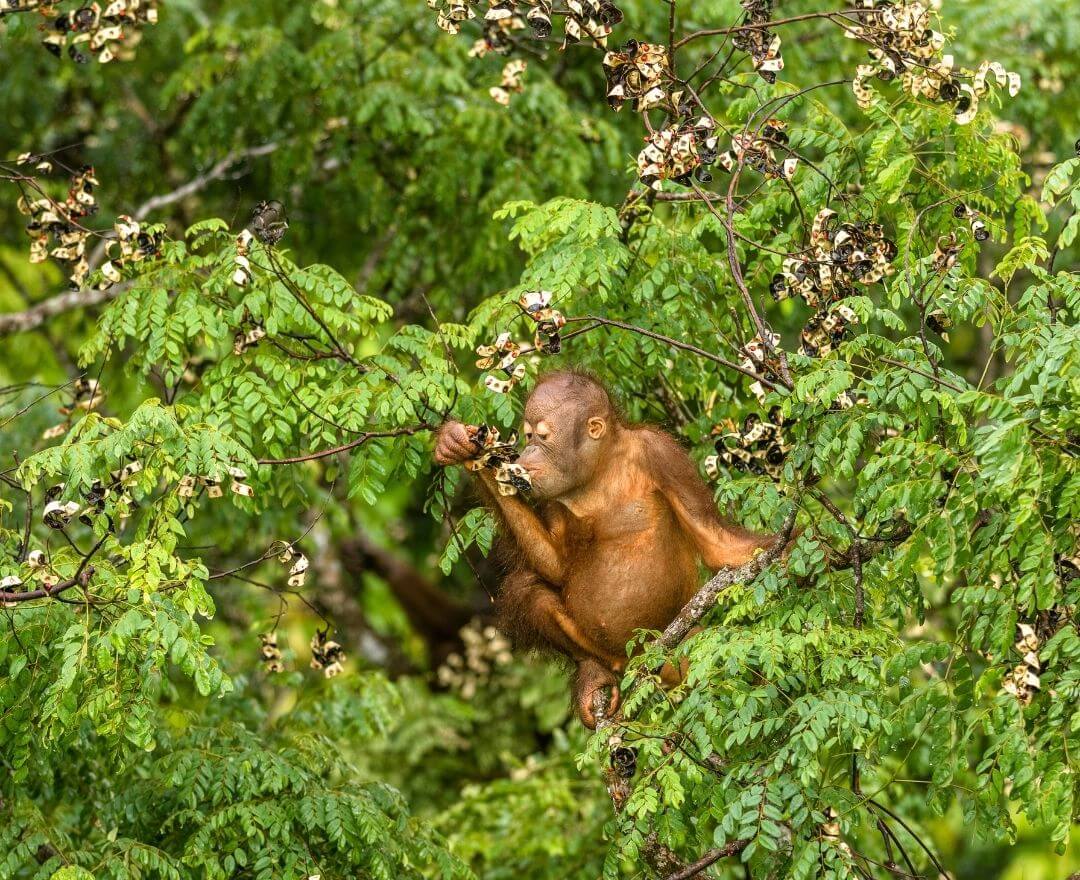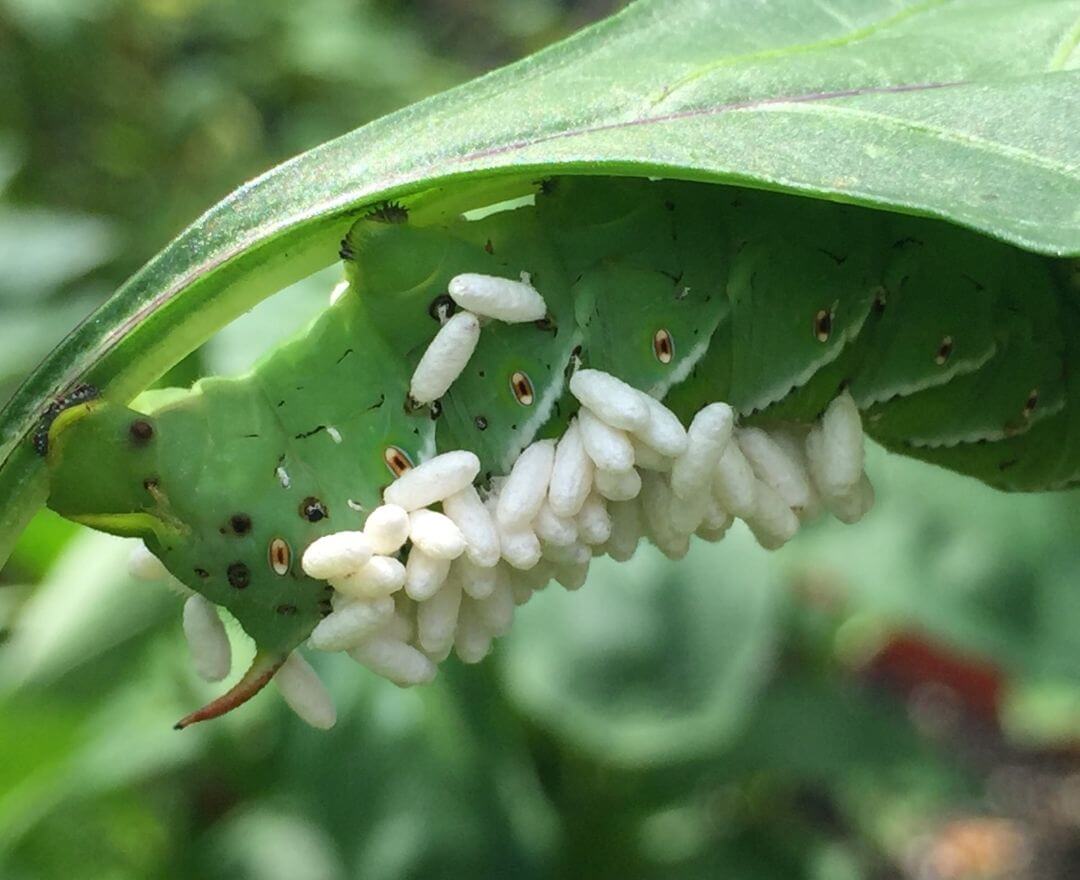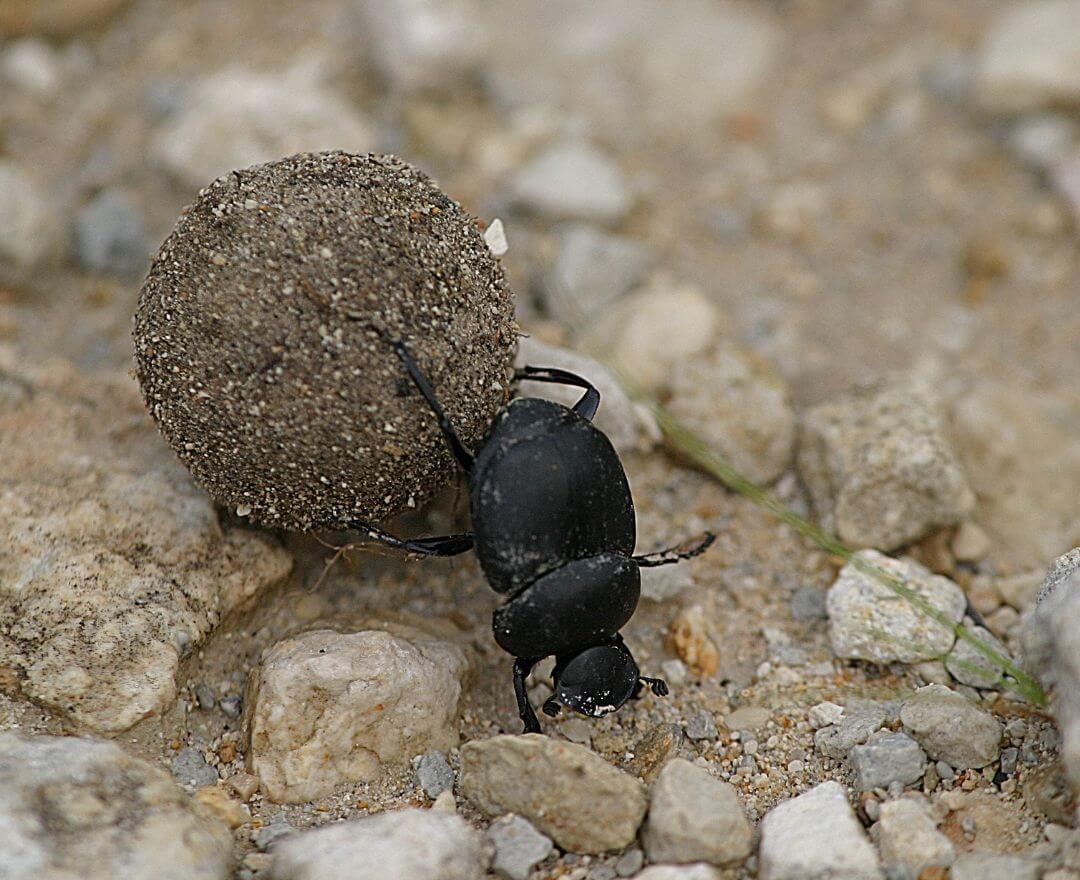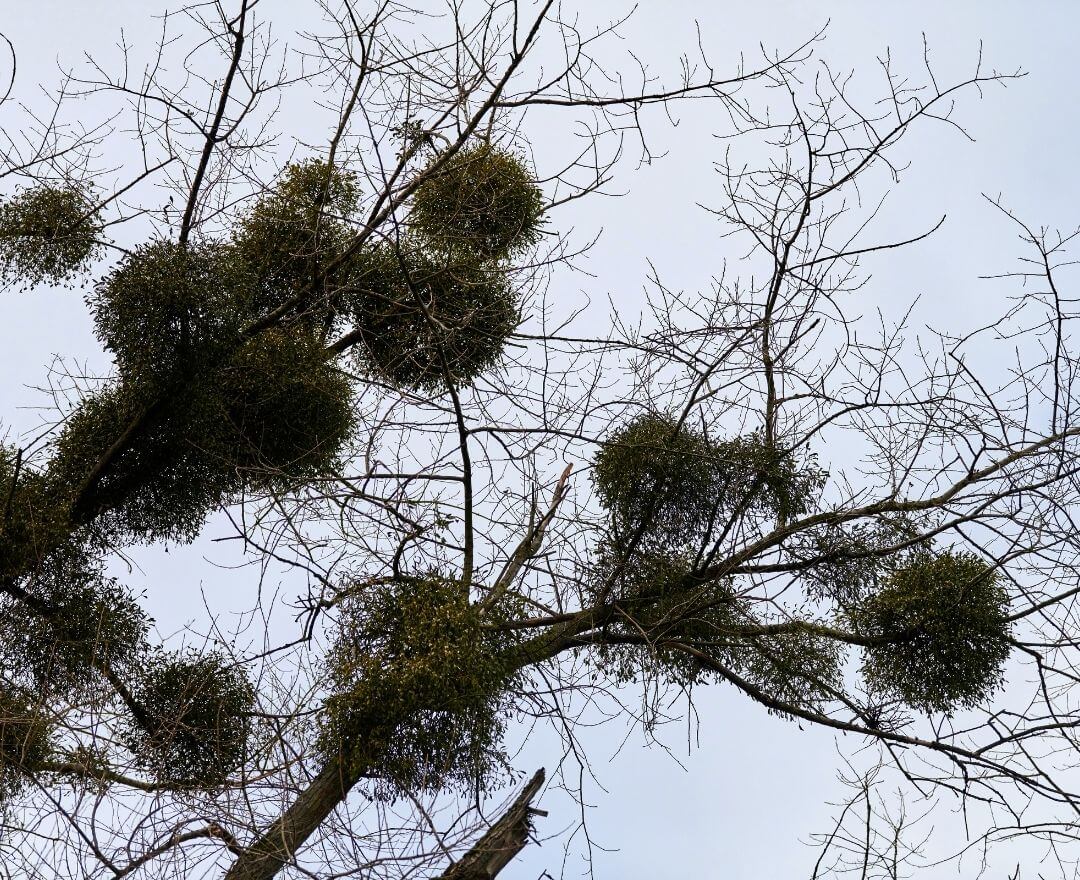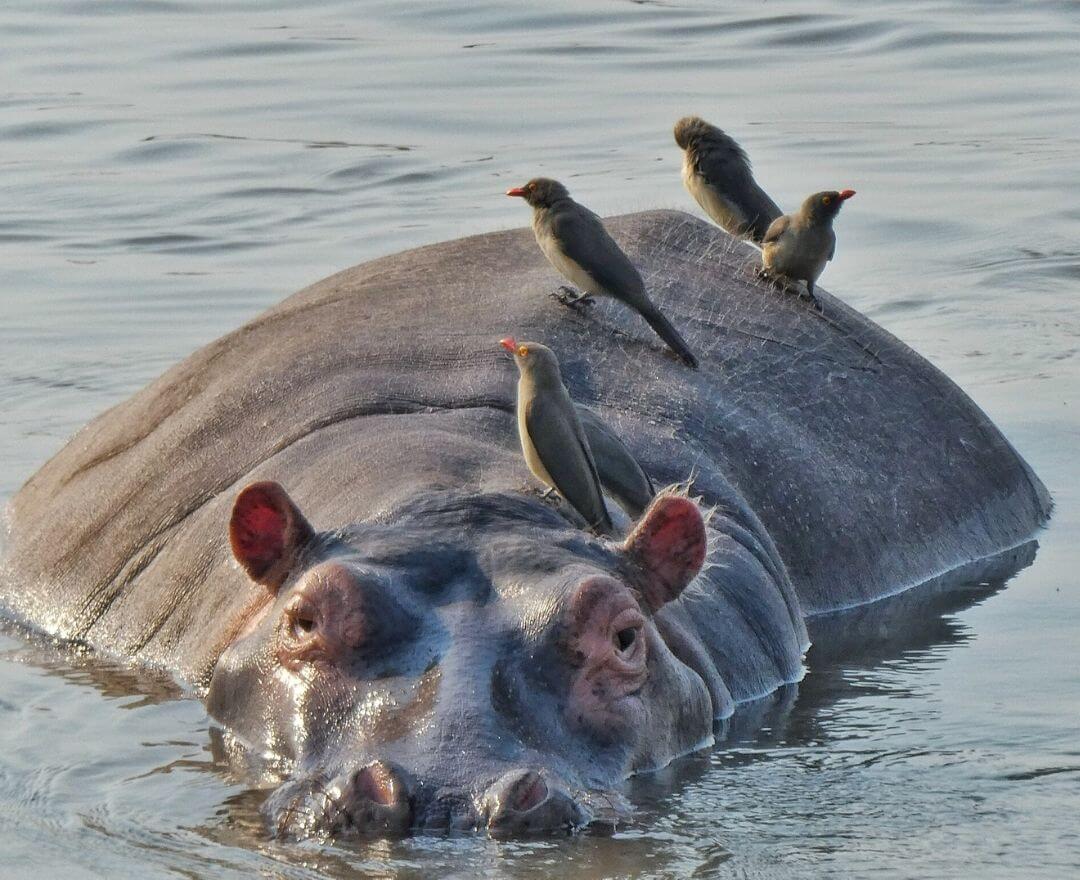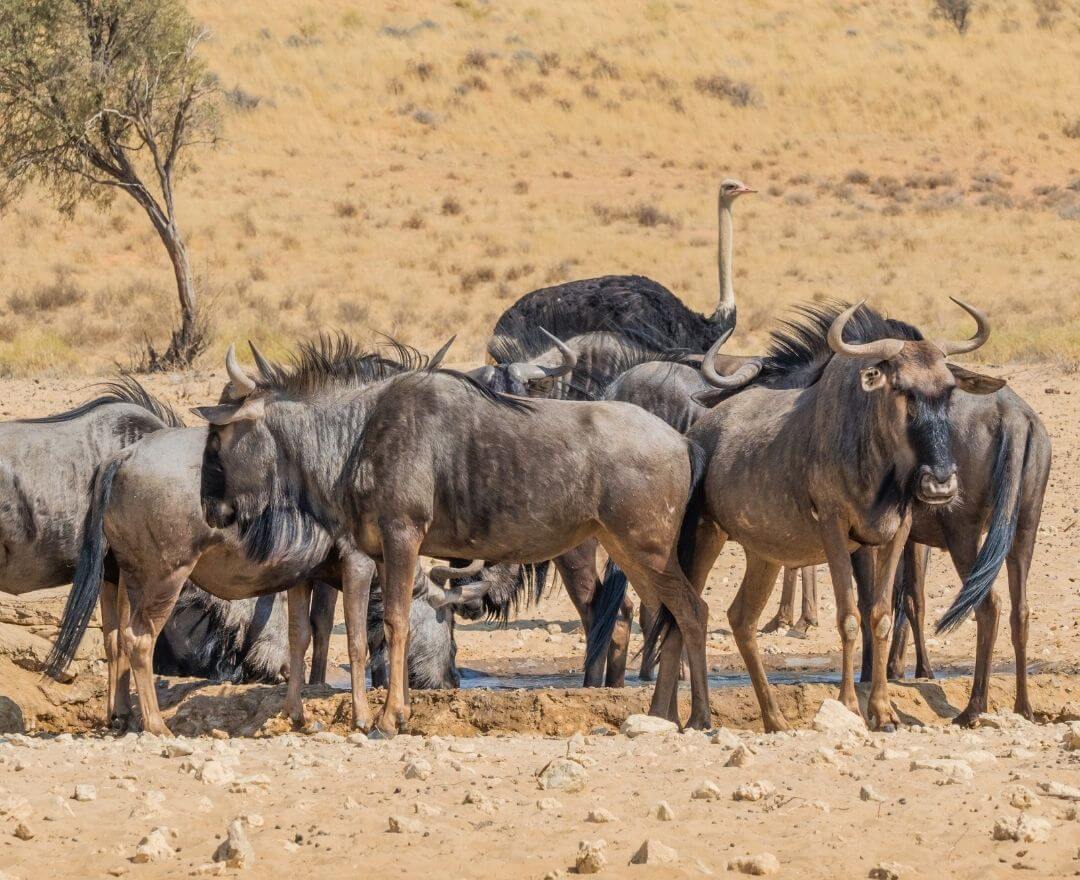Symbiosis
Science Challenge
Jump to...
Email us for the Teacher's Guide!
Day 1
Species Interactions
Most parts of an ecosystem, including plants, animals, and fungi, are connected in some way.
Whether they directly or indirectly affect each other, changing one part of an ecosystem can impact many other species.
A direct interaction may involve a rabbit eating grass or a wolf eating a rabbit.
This causes an indirect interaction between the grass and the wolves. If the wolves eat too many rabbits, the grass will grow uncontrolled. If the wolves don't eat enough rabbits, the rabbit population would grow and they would eat all the grass.
Interactions between organisms can occur between members of the same species or between members of different species. Check it out!
Intraspecific Interactions
Intraspecific interactions are interactions that occur between members of the same species.
Interspecific Interactions
Interspecific interactions are interactions that occur between members of different species.
There are three main ways animals interact...
Competition
Competition occurs when animals fight for a limited resource. Competition over food, territory, and even a mate occur commonly.
Competition can be intraspecific or interspecific and is usually a direct interaction.
In Africa, lions compete with hyenas for access to food and territory. They will also compete with other lions or prides for access to food, territory, or a mate! Click the button below to see for yourself.
Predation
Predation occurs when one animal eats another animal. Predators include big carnivores, like lions and eagles, but also small carnivores, like ferrets and spiders. Omnivores, like bears, can also be predators!
Predation is usually an interspecific interaction, but some animals do eat members of their own species (intraspecific interaction). Predation is a direct interaction between prey and predator, but can indirectly impact other animals searching for the same prey.
Ospreys are powerful hunters and will dive feet first into lakes and ponds to catch fish. Komodo dragons, on the other hand, have been known to eat other smaller or injured Komodo dragons.
Symbiosis
Symbiosis is an interaction between two different species of organisms where at least one species benefits. Symbiotic relationships are always interspecific.
Symbiotic relationships can include animals, plants, and fungi, though we will focus mostly on animals!
There are three primary types of symbiotic relationships that we will explore.
Parasitism
Parasitism occurs when one species benefits while the other is harmed.
Commensalism
Commensalism occurs when one species benefits while the other is not affected.
Mutualism
Mutualism occurs when both species benefit from the interaction.
Interpreting Interactions
For each interaction below, determine if it is competition, predation, or symbiosis.
- 1. Clownfish seek shelter in anemones.
Symbiosis.
Clownfish and sea anemones have a mutualistic relationship!
- 2. Foxes look for small mammals in the field.
Predation.
Foxes feed on a variety of small mammals, such as mice and rabbits.
- 4. Alligators search underwater for fish.
Predation.
Alligators are carnivores and hunt for fish or mammals that venture too close to the river.
- 5. Vultures fight other vultures for access to food.
Competition.
Vultures eat carrion (dead animals) and compete with other vultures in the area for food.
Challenge #1
Select your favorite animal!
For this animal, write 1-2 paragraphs identifying at least three animals they interact with. Identify if the interaction is competition, predation, or symbiosis and explain why!
DAY 2
Parasitism
Parasitism is a type of symbiotic relationship where one species benefits while the other is harmed.
This is a direct interaction that can occur between animals, plants, or fungi. Parasitism occurs when one organism uses another for resources.
For example, lice (a small insect) is a parasite that uses humans and other warm-blooded animals for food and shelter. Some species of mushrooms can also be considered parasites because they steal nutrients from the trees they live on. Most parasites do not kill the organism that is giving them resources, though there are some exceptions.
This interaction occurs between the parasite and its host.
PARASITE
The parasite is the organism that benefits from the parasitic interaction.
Lice and mushrooms are parasites in the interactions above.
HOST
The host is the organism that provides resources and is negatively affected by the parasitic interaction.
Humans and trees are hosts in the interactions above.
Check Out These Parasitic Relationships
Parasite Party
Identify if each species below is a host or a parasite! Click the drop-down arrow to check your work.
- Host
Incorrect
1. TICK
- Parasite
Correct!
- Host
Correct
2. HUMAN
- Parasite
Incorrect
- Host
Correct
3. FISH
- Parasite
Incorrect
- Host
Incorrect
4. TAPEWORM
- Parasite
Correct
- Host
Incorrect
5. LEECH
- Parasite
Correct
- Host
Correct
6. DOG
- Parasite
Incorrect
Challenge #2
While most parasites do not kill their hosts, there are some exceptions.
For challenge #2, watch the video about the parasitic fungus that is known to take over ants and other insects. Write one paragraph describing the process of this interaction. Be sure to include any benefits that the parasite has on the environment!
Day 3
Commensalism
Commensalism is a symbiotic relationship that occurs when one species benefits and the other is unaffected. This is a direct relationship.
Commensalism often occurs when one species provides or helps expose food for a different species, when one species benefits from another species' warning call, or when a large species provides a smaller species somewhere to live.
In some cases, commensalism can turn into parasitism!
For example, barnacles are known to live on hermit crab shells. Normally, this provides a spot to live and protection to the barnacle, while the hermit crab is unaffected. However, if too many barnacles attach themselves to a crab, it can weigh them down and make it challenging for the hermit crab to move and negatively affect them.
Below are three examples of interactions that demonstrate commensalism.
Drongos and Meerkats
Drongos are small birds found in Africa that alert meerkats and other animals of potential danger (though sometimes they are tricksters). The meerkats are protected and the drongos are unaffected.
Remoras and Sharks
Remoras are small fish that stick to sharks, whales, and even turtles and benefit from transportation and food scraps. The sharks and whales are unaffected.
Orchids and Trees
Wild orchids commonly grow on the trunks and branches of large trees. They get shelter from the tree and the tree is unaffected. (Watch video until 1-minute mark).
Commensalism Confusion
Below are five sets of organisms that demonstrate commensalism. Using the information you just learned, hypothesize which animal benefits from the interaction and how!
- 1. BARNACLES AND WHALES
Benefit: Barnacles
Unaffected: Whales
Barnacles benefit by having a place to live and lots of food, while the whale is unaffected.
- 2. LARGE TREE AND SMALL SHRUB
Benefit: Small shrub
Unaffected: Large tree
Large trees are often called "nurse plants" because they provide shelter and protection to smaller plants as they grow.
- 3. HERMIT CRABS AND SNAILS
Benefit: Hermit crabs
Unaffected: Snails
When snails die, they leave their shell behind. Hermit crabs will live in those shells and benefit from their protection, while the snail is unaffected by the crab.
- 4. CATTLE EGRESTS AND BUFFALO
Benefit: Cattle egrets
Unaffected: Buffalo
As buffaloes graze on grass, they disrupt many bugs. The cattle egrets benefit from an easy meal, while the buffaloes are unaffected by the egrets.
- 5. BIRDS AND TREES
Benefit: Birds
Unaffected: Trees
Many species of trees benefit from using trees to build nests, while the tree is unaffected by the bird's presence.
CHALLENGE #3
Owls are incredible and powerful birds that do most of their hunting at night time. When they are resting during the day, they can be found in large structures, such as trees.
For challenge #3, draw a picture that represents how an owl and a large tree demonstrate commensalism. Think about the type and size of the tree and how the owl and tree would interact. Be prepared to explain which species benefits and how!
Day 4
Mutualism
Mutualism is a symbiotic relationship that occurs when two different species interact and both benefit from the interaction.
Scientists think that mutualism occurs because organisms have evolved together by making use of the other living components in their ecosystem. Some mutualistic relationships are so important that the organisms rely on the other for survival. For example, yucca moths rely on yucca flowers and seeds to provide shelter and nutrients to their larva (babies). In return, the yucca moths pollinate the yucca plants and allow them to produce seeds. One could not exist without the other!
Not every mutualistic relationship is so high-pressure. Check out the videos below to explore some amazing mutualistic interactions!
Mutualism Matching
Match animals 1-4 with the species they have a mutualistic relationship with!
- Answer
D - Sea Turtle
Cleaner shrimp will eat algae and parasites off of sea turtles and other reef-dwelling animals. This helps the turtle stay clean and provides the shrimp with a meal.
- Answer
C - Black Bear
Black bears will feed on fruit from bushes and spread the seeds around in their scat. This provides the bear with a meal and helps the plant disperse its seeds.
- Answer
A - Flowering Plant
Hummingbirds drink the nectar of flowers from many different plants. This provides the hummingbird with food and helps plants reproduce by pollinating flowers!
Challenge #4
Now that you have learned all about the three major types of symbiotic relationships, it's time to test your knowledge!
For challenge #4, create a ven diagram to compare and contrast parasitism, commensalism, and mutualism. Don't forget to include characteristics like if they are intraspecific or interspecific, direct or indirect, and who benefits from the interaction!
Click below for a ven diagram template.
Day 5
Symbiotic Relationship Review
Congratulations on reaching your fifth and final challenge day!
Interactions between animals, plants, and fungi can be very complex. Sometimes they can be good and sometimes they can be very costly. Whether the interactions are direct or indirect, interspecific or intraspecific, or a combination of all, interactions contribute to the health of the ecosystem!
Symbiotic relationships allow some species to thrive where they otherwise wouldn't. However, symbiotic relationships may also cause harm to species that would otherwise be healthy.
Let's do a little review!
Defining the Relationship
Using the information you learned this week, decide if the eight animal interactions below are parasitic, commensalistic, or mutualistic!
- 1. While looking for food, woodpeckers create holes that other birds will live in. Woodpeckers and other birds demonstrate...
Commensalism.
The other birds benefit by being able to live in the holes, while the woodpecker is unaffected by the small birds.
- 2. Orangutans eat fruit from large trees and deposit seeds in their scat. Orangutans and trees demonstrate...
Mutualism.
Orangutans get nutrients from eating the fruit and the trees benefit by having their seeds spread around the forest.
- 3. Braconoid wasps lay their eggs under the skin of caterpillars. Wasps and caterpillars demonstrate...
Parasitism.
Wasp larvae feed off the living caterpillar until they mature. This harms and eventually kills the caterpillar.
- 5. Dung beetles use elephant scat for food and to lay their eggs. Dung beetles and elephants demonstrate...
Commensalism.
Dung beetles benefit from the nutrients in the elephant's dung, while the elephant is unaffected!
- 6. Mistletoe will cling to large trees and steal their water and nutrients. Mistletoe and trees demonstrate...
Parasitism.
Mistletoe will attach themselves to trees and benefit from their water and nutrient supply, while the tree is negatively affected by the nutrient loss.
- 7. Oxpecker birds feed on parasites and the dead skin of hippos! Oxpeckers and hippos demonstrate...
Mutualism.
Oxpeckers benefit from the easy meal and hippos benefit from being cleaned of parasites.
Challenge #5
Many symbiotic relationships occur simultaneously in just a single ecosystem.
For your 5th and final challenge, watch the video below and describe the symbiotic relationships occurring in the Galapagos ecosystem in 2-3 paragraphs!
For each relationship, identify the type of symbiosis, which animals are interacting, how they are being affected (benefited, not affected, or harmed), and any other details you think are important!
Glossary
Animal
Living multicellular organisms that consume organic matter (food!), breathe oxygen, and can sense their environment.
Competition
A direct interaction between animals that need the same limited resource. Competition can be intraspecific or interspecific.
Commensalism
A symbiotic relationship between two species where one species benefits and the other is unaffected.
Direct Interaction
When one animal's action affects another animal first hand.
Fungi
Multicellular organisms that are stationary and feed on organic matter. Fungi include mushrooms, mold, and other similar organisms.
Host
An organism that is harmed in a parasitic relationship.
Indirect Interaction
When one animal's actions distantly affect another animal.
Interspecific Interactions
Interactions that occur between members of different species.
Intraspecific Interaction
Interactions that occur between members of the same species.
Mutualism
A symbiotic relationship between two species where both species benefit.
Parasite
An organism that survives by stealing nutrients from a host organism.
Parasitism
A symbiotic relationship between two species where one organism benefits and the other is harmed.
Plant
A living organism that is generally stationary, absorbs water and nutrients through its roots, and produces energy in its leaves through photosynthesis.
Predation
A direct interaction where one animal preys on and eats another animal. Predation is usually interspecific, though can occasionally be intraspecific.
Symbiosis
An interspecific relationship where at least one species benefits. Symbiotic relationships include parasitism, commensalism, and mutualism.
Looking for more amazing lessons?
Check out our EdZOOcating Adventures using the link below!
Sign Up for our Newsletter
Stay up to date with new adventures, classes, deals, and more!
MENU
EDUCATIONAL RESOURCES
All Rights Reserved | Edzoocating.com

